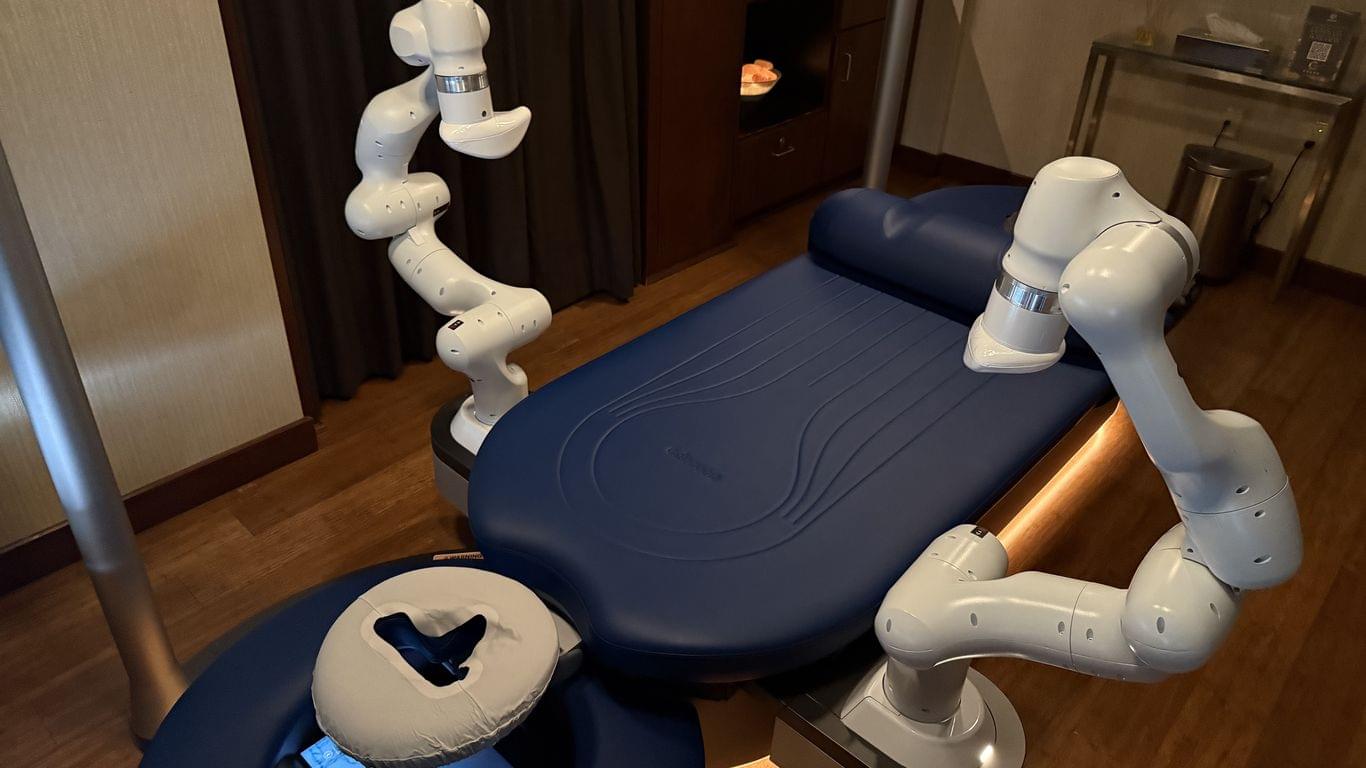Does God play dice with the universe? Well, depends who you ask.


By one major metric, artificial general intelligence is much closer than you think.



How does your brain decide where to store a brand-new piece of information—like a new face, word, or concept? In this video, we’ll explore a working neural circuit that demonstrates how cortical columns could be allocated dynamically and efficiently—using real spikes, real timing, and biologically realistic learning rules. Instead of vague theories or abstract algorithms, we’ll show a testable mechanism that selects the first available cortical column in just 5 milliseconds, highlighting the incredible speed and parallelism of the brain. This is a crucial first step in building intelligence from the ground up—one circuit at a time.
Useful links:
The Future AI Society: https://futureaisociety.org.
The Brain Simulator III (UKS) project: https://github.com/FutureAIGuru/BrainSimIII
The Brain Simulator II (Neural Simulator) project: https://github.com/FutureAIGuru/BrainSimII
Overview Video: https://youtu.be/W2uauk2bFjs.
More Details Video: https://youtu.be/6po1rMFZkik.
How the UKS Learns Video: https://youtu.be/Rv0lrem3lVs.


Background: Extramammary Paget’s disease (EMPD) is a rare intraepithelial adenocarcinoma that occurs in the genitals, axilla, and anus, where apocrine sweat glands are abundant. This disease is mainly characterized by localized lesions and rare distant metastasis. Scrotal Paget’s disease is a rare type of EMPD, and there is no standard treatment for metastatic EMPD.
Case Description: Here, we reported the genetic results of a patient with a PIK3CA gene mutation in scrotal Paget’s disease who developed multiple metastases to the lymph nodes, liver, and bones during adjuvant radiotherapy, as well as the results of treatment with a PIK3CA inhibitor. The latest advances in this field were also summarized. The treatment response was evaluated as stable disease (SD) after 6 courses of docetaxel plus tegafur (DS regimen) chemotherapy. Then, a second-line treatment, a PIK3CA inhibitor, WX390, was administered with tolerable toxicity. There was a treatment-induced increase in blood glucose level during treatment, and insulin was administrated with good control. The progression-free survival (PFS) was 3.9 months and the overall survival (OS) was 16 months.
Conclusions: PIK3CA is a commonly mutated gene in EMPD. To the best of our knowledge, this is the first case report of a PIK3CA inhibitor for the treatment of primary metastatic EMPD, and the treatment efficacy was good. PIK3CA inhibitors may be promising for the treatment of metastatic EMPD in the future.


San Francisco, California-based Marathon Fusion is proposing a process that uses nuclear fusion to turn mercury into gold — something that has been sought by people for thousands of years.
“Unlike previous attempts, our method is massively scalable, pragmatically achievable, and economically irresistible,” Marathon Fusion said on its website.